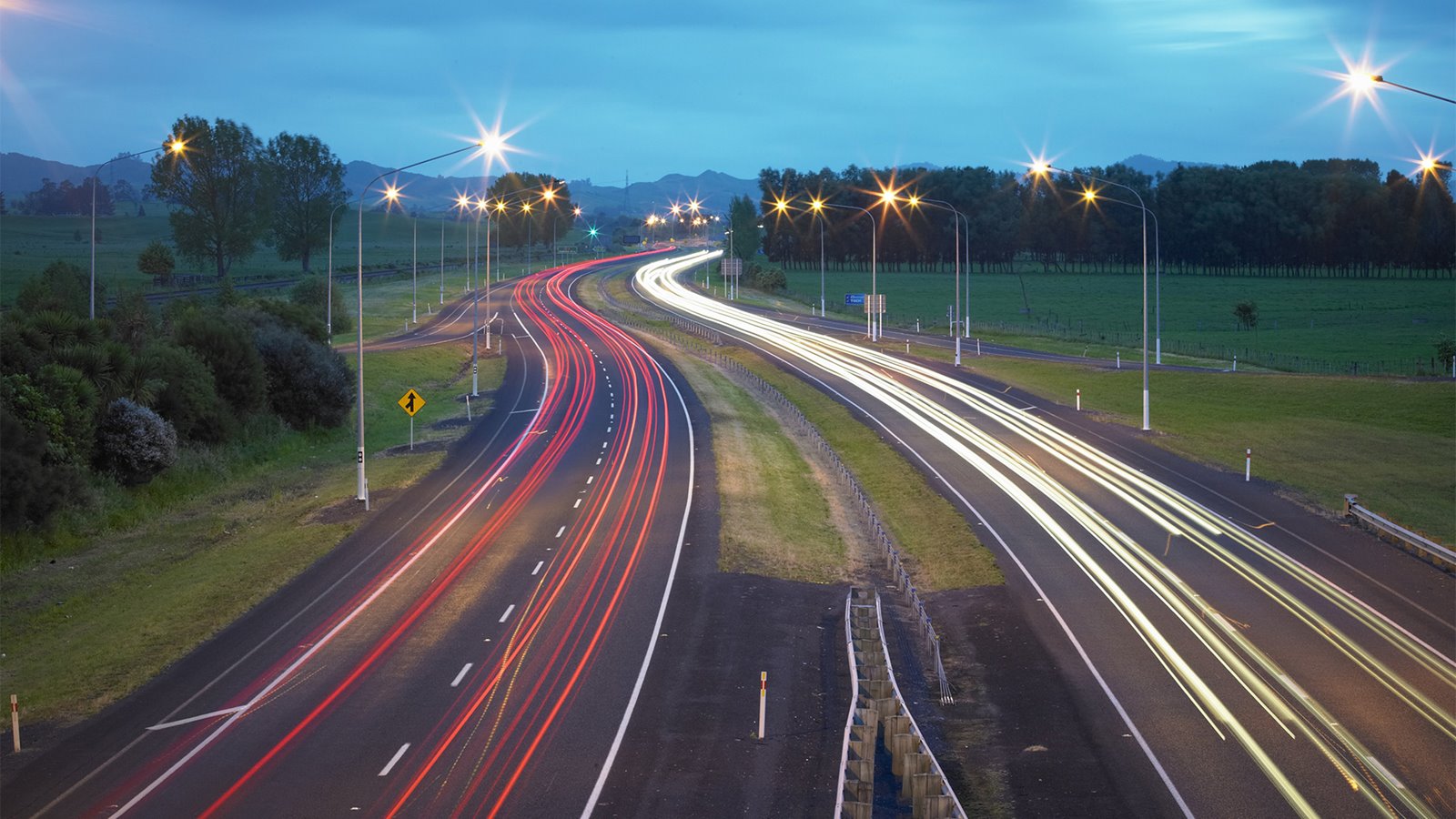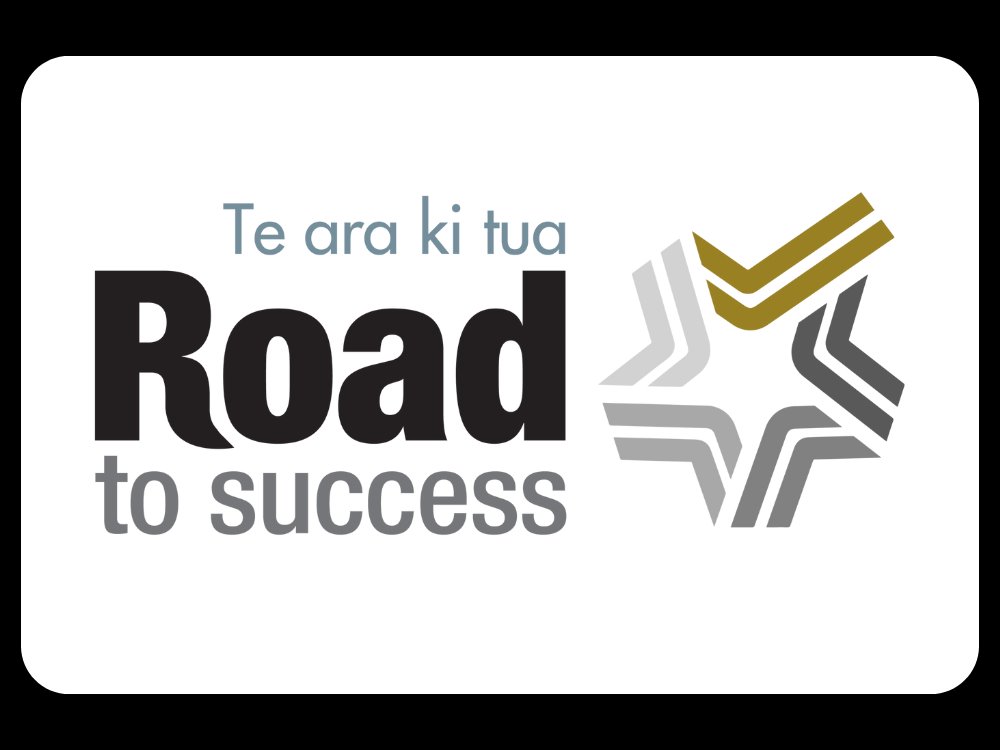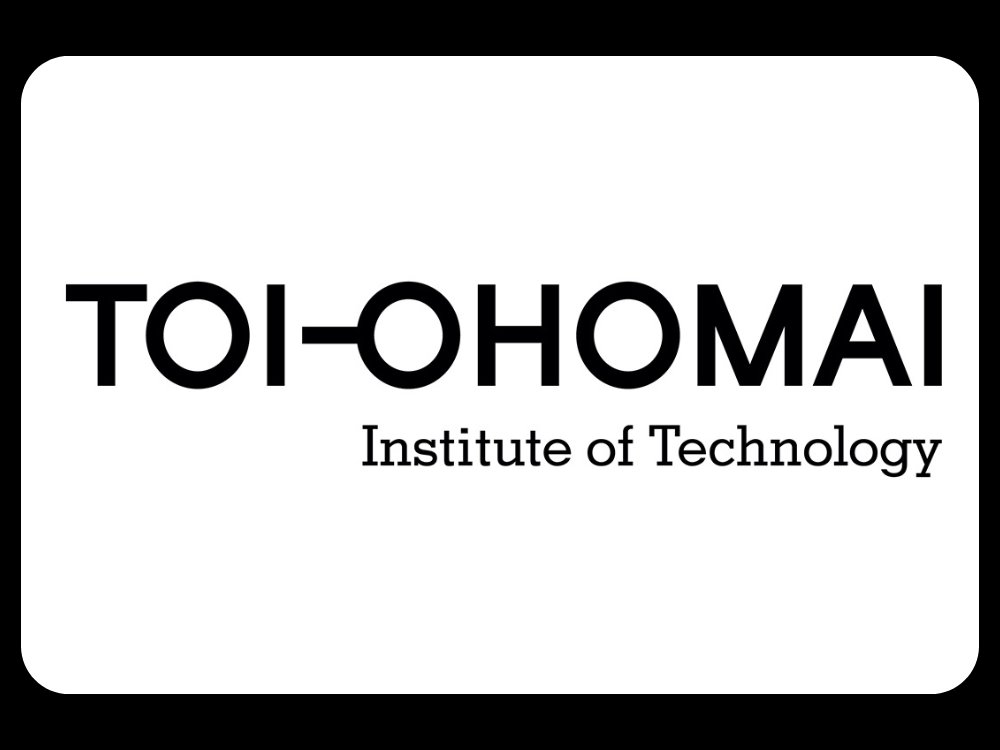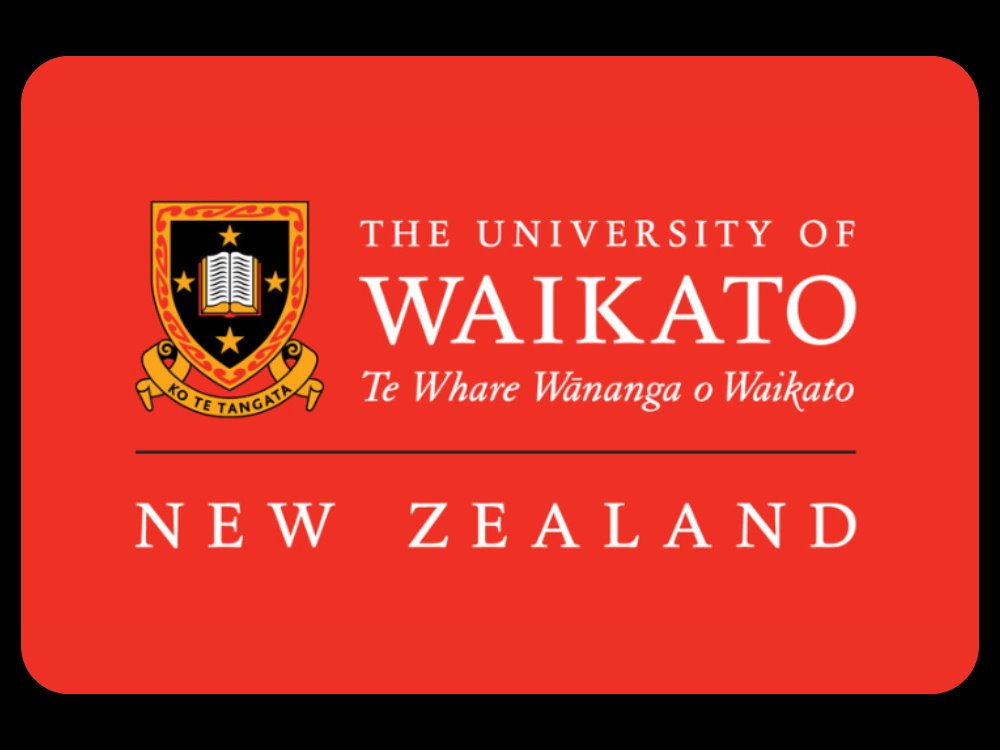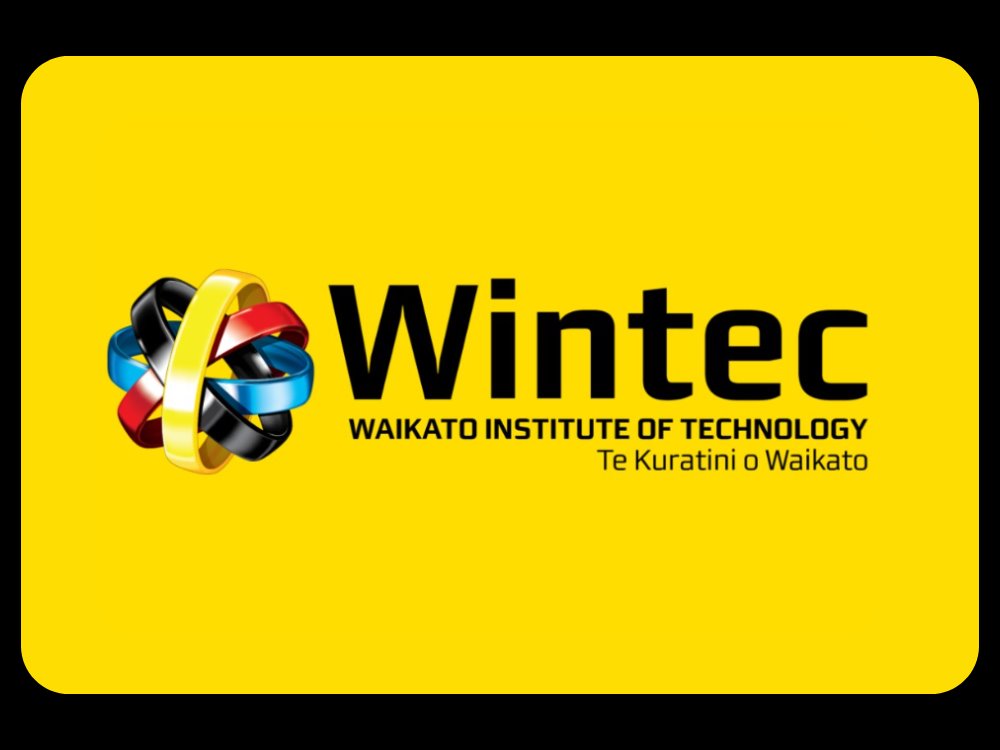Waikato is a key strategic logistics hub for the upper North Island. More than three million people live and work in the ‘Golden Triangle’ of Auckland, Hamilton and Tauranga, and Waikato’s processing capabilities are a significant supporting factor for a range of economic activities across the wider region.
Freight and Logistics in the Waikato
Waikato is a main thoroughfare for goods being distributed around New Zealand and internationally.
The region is ideally placed to service key export industries, with nationally significant ports at Auckland and Tauranga, and Auckland Airport all within 90 minutes’ drive. Inland ports have also recently been opened near Hamilton to further add to Waikato’s logistics capabilities.
Waikato experiences significant freight volume all across the region, and road and rail infrastructure is helping to both increase the capacity of the network and improve supply chain resilience by improving transport bottlenecks.
The Ruakura Superhub was completed in 2022. The inland port was established near Hamilton to help to ease the load on site at the Port of Tauranga, unlocking added economic activity and increasing the overall capacity of the port itself. Click here to find out more.
Why Waikato?
Freight volumes in the Waikato and Bay of Plenty are expected to grow significantly by 2030, with forecast projections suggesting anywhere between 47-65% on previous levels. Simultaneously, the local freight and logistics workforce is projected to grow by 12.4% from 2021 to 2026.
High international and domestic demand for goods only heightens the need for smooth, seamless last mile and logistics services. Waikato has ample industrial-zoned land for warehousing and logistics.
Waikato’s road network continues to undergo major transformation. The recent Waikato Expressway has significantly improved travel times to Auckland, and the completion of the Hamilton section has decreased travel times between Auckland and Cambridge and into Hamilton. There is opportunity for the Expressway to be expanded further south and to the east to improve roading connections to the Bay of Plenty.
Further big-ticket infrastructure investment has been earmarked for the near future, due to the priority that’s been given on increasing Waikato’s capacity in the sector.
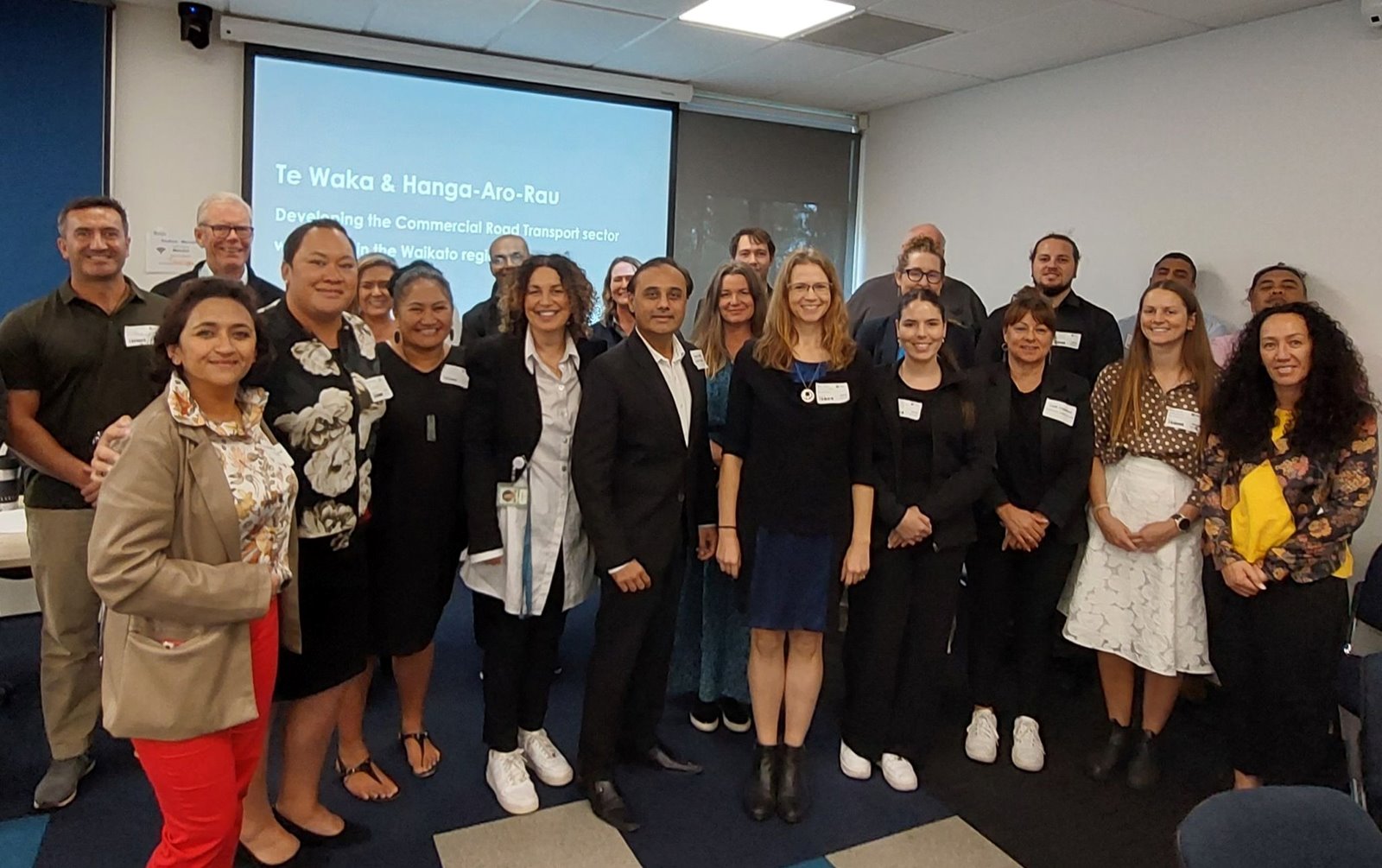
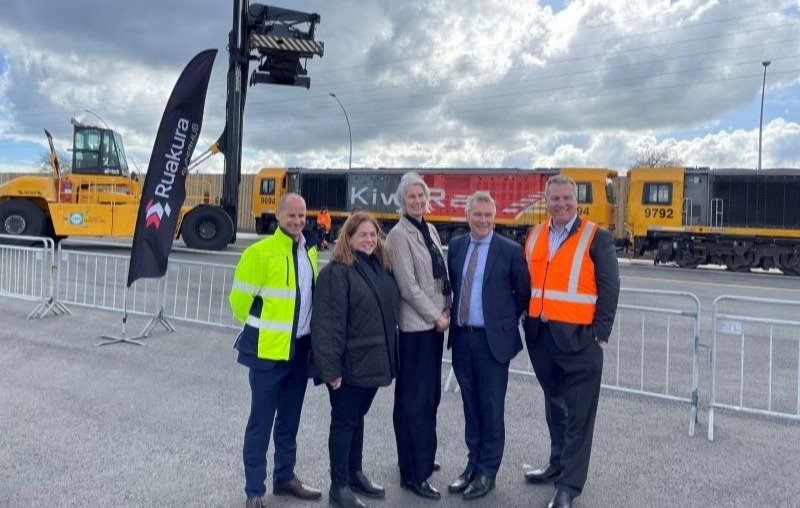
Te Waka and the Freight and Logistics Sector
Te Waka has played a leading role in helping to develop the freight and logistics industry with the development of the 2022 Freight Action Plan. The Plan highlights the growth potential for the industry, and outlines key enablers for realising that potential.
The Freight Action Plan identified eight key actions for the sector moving forward, and Te Waka’s goal is to smooth the road for these important industry markers.
Workforce & Training
Get in touch with the training providers below that offer specialised training for the Freight & Logistics industry. Explore opportunities to upskill your staff and connect with students to build your talent pipeline.
Local Training Providers
Sector Initiatives
- Hanga-Aro-Rau Workforce Development Council, develops and maintains qualifications, unit standards and micro-credentials for the manufacturing industry.
Gateway programmes are for secondary school students who want to explore job options while studying towards NCEA. They facilitate work-based learning opportunities for students, offering a vocational education pathway by providing hands-on experience in a real-world setting.
- Smart Waikato partners with local businesses to deliver a range of practical and innovative initiatives that support rangatahi transitioning from education to employment.
Further Resources
Related content
-
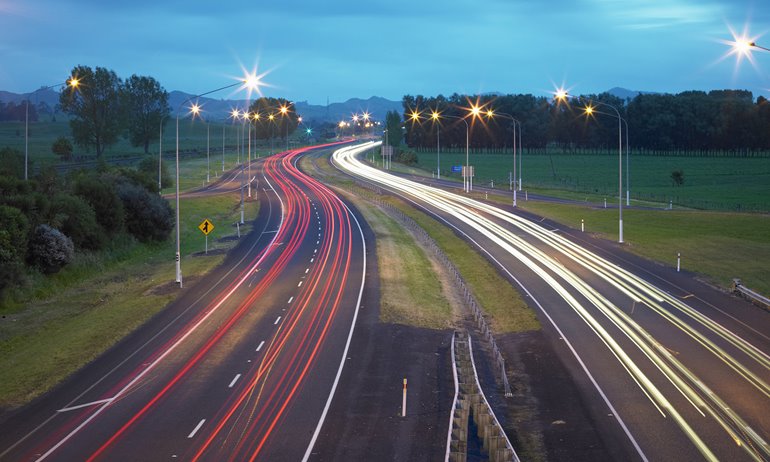
Transport infrastructure consultation: giving the Waikato a voice
Te Waka is set to submit on the Draft 2024 Transport Government Policy Statement (GPS) which sets out the Government’s transport priorities and guides investment in our transport infrastructure.
-
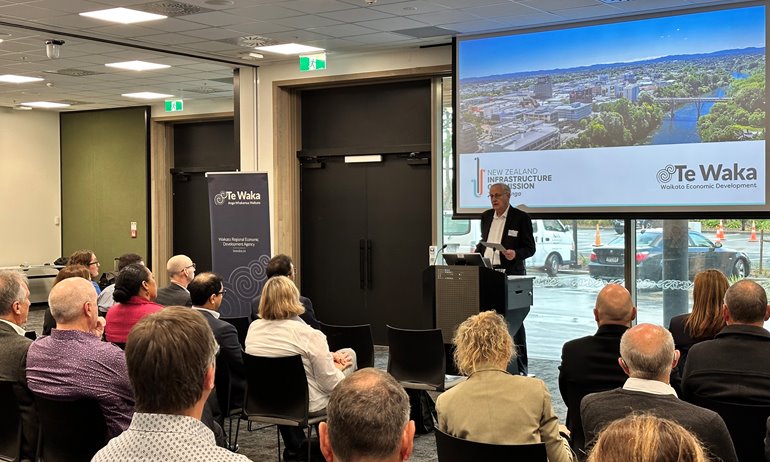
Rising to the Regional Growth Challenge
Te Waka recently hosted the Infrastructure Commission to discuss how the Waikato, and Aotearoa at large, can rise to the regional growth challenge. The Waikato is growing. Opportunities are knocking at our door and we need to position ourselves to capitalise on these when they appear. For General Manager Economic Development Rosie Spragg, the visit from the Infrastructure Commission reinforced the fact that we are at a crucial turning point for the future of our region and its ongoing growth.
-
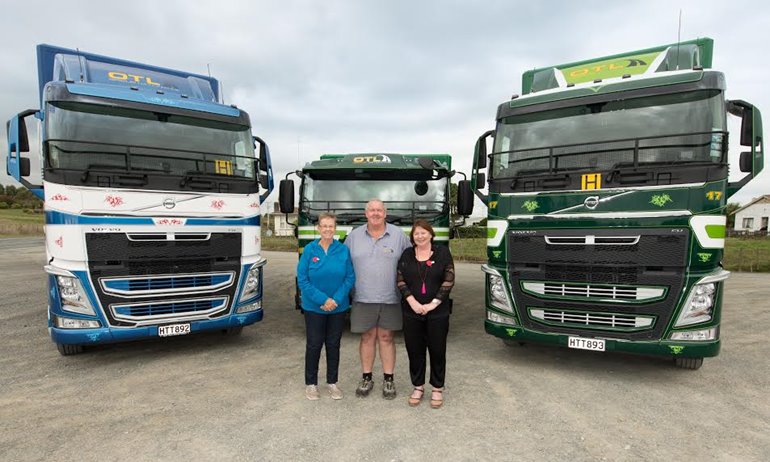
The Ōtorohanga Livestock Carrier making moo-ves on social media to attract fresh talent
The Ōtorohanga Transport Ltd Group began in 1963 when the Barker and Dow families formed Otorohanga Transport Ltd (OTL). Jim and Bev Barker, and Dennis and Cynthia Dow, developed the business and collaborated with other local carriers servicing the livestock cartage market.
-
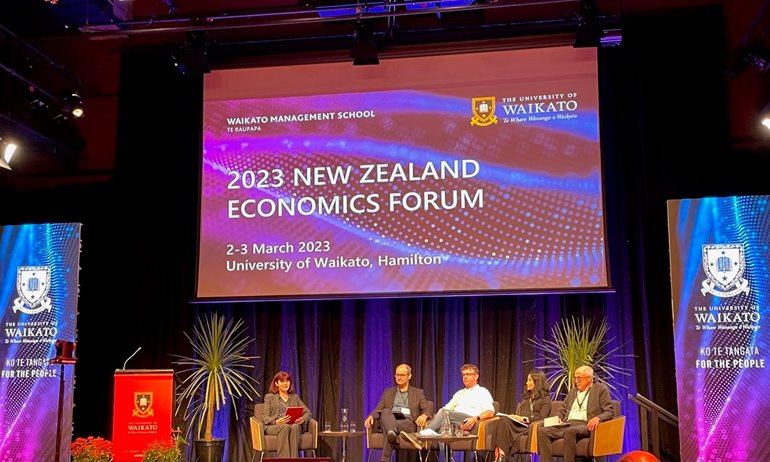
Reflections from the 2023 New Zealand Economics Forum
As the aptly named New Zealand Economics Forum (NZEF) noted, in the wake of a global pandemic and in the midst of a cost-of-living crisis, Aotearoa is navigating heavy seas.
No events found.
-
Te Waka Fleet Day Presentation 2023
-
Paving the way for a Waikato Regional Agreement
-
Waikato & Bay of Plenty Freight Action Plan
The Waikato & Bay of Plenty Freight Action Plan is the first report of its kind to bring together key industry leaders’ views on the priority issues and actions needed in the freight sector.


